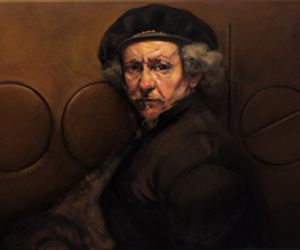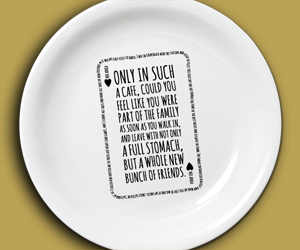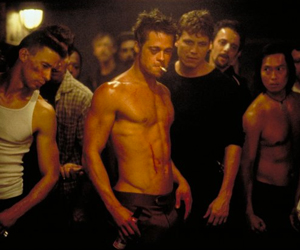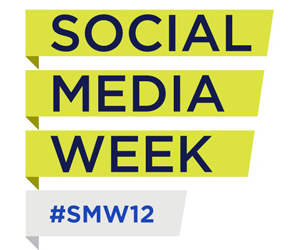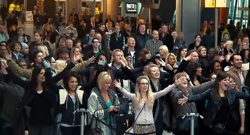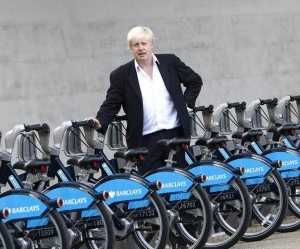
“Boris” Bikes and Barclays’ Problem with Authority
London’s rammed with bicycles. Everyone’s on two wheels. It’s fun, cheap, and good for you. Barclays-branded hire bikes are everywhere. But no one thinks of the sponsor when they pick up their wheels: instead, everyone calls them Boris Bikes, after our haystack-haired mayor, Boris Johnson. Why? Because Barclays is, uh, a bank with no authority in pedal power, unlike our nutty figurehead, a cycle-clipped champion of the joy of spokes.
Editor's picks
- Casinos Not On Gamstop
- Best Non Gamstop Casinos UK
- Best Non Gamstop Casinos In The UK
- Casinos Not On Gamstop
- Casino Not On Gamstop
- Non Gamstop Casino Sites UK
- Slots Not On Gamstop
- Online Casino Canada
- Non Gamstop Casino UK
- カジノ オンライン
- Casino Not On Gamstop
- Casino Sites Not On Gamstop
- Casino Sites Not On Gamstop
- Sites Not On Gamstop
- Casinos Not On Gamstop
- Meilleur Casino En Ligne
- UK Online Casinos Not On Gamstop
- Online Casinos
- Non Gamstop Casinos
- Casino Not On Gamstop
- Best Online Casinos UK
- Meilleur Casino En Ligne Avis
- Casinos Not On Gamstop
- Sports Betting Sites Not On Gamstop
- Casino Non Aams

